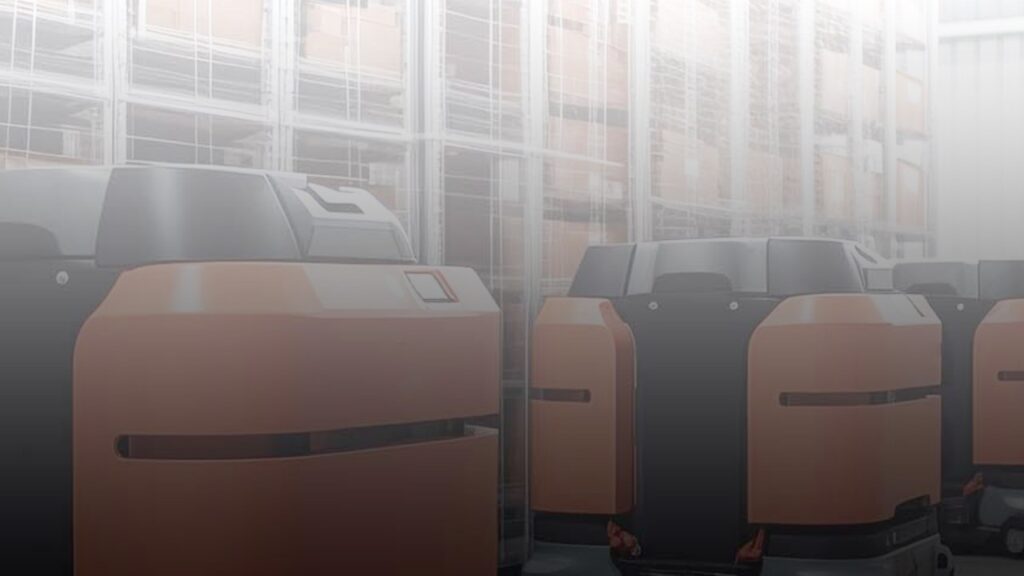Apurv Abhay Modi, the Co-founder and Managing Director of Atechnos, stands as a prominent young entrepreneur who has forged a path in Media, Broadcasting, and Content within the mobility and techno mobile sector, both in India and the International Market. Passionate about innovation and creativity, Apurv focuses on developing Virtual Events, Games, and Enterprise Gamification, alongside Mobile TV, IPTV, OTT, and Smart TV, to enhance entertainment and improve lives worldwide.
His current business endeavors in the Content and Mobility space reflect this vision, striving to create accessible mobile internet products and services that leverage cutting-edge technology for the masses.
In an exclusive interview with The Interview World, Apurv Abhay Modi delves into the advancements in automation within the logistics sector, highlighting the prominent technologies driving this transformation. He discusses the impact and benefits of emerging technologies on the industry at large. Here are the key insights gleaned from his interview.
Q: What are the current trends and advancements in automation within the logistics sector?
A: In the logistics sector, a notable trend towards automation in transportation and warehousing is taking shape. Consider a scenario where materials need to be moved within a 5 or 6-kilometer facility. Presently, trucks are the primary means for loading and unloading materials. However, the potential introduction of drones into this process could revolutionize operations, offering not only increased efficiency but also environmental benefits.
This transition towards human-less transportation and activities is gaining momentum. In warehousing, traditional loading and unloading operations rely heavily on human labor. However, the landscape is shifting with the emergence of robots, particularly those utilizing Light Detection and Ranging (LDR) technology. These advanced robots can autonomously handle loading and unloading tasks, thereby streamlining operations and reducing reliance on human intervention.
The adoption of such technologies represents a significant step forward in the quest for increased efficiency and sustainability within the logistics industry. As these innovations continue to evolve and integrate into daily operations, the potential for further optimization and enhancement of logistical processes becomes increasingly promising.
Q: What are the predominant technologies utilized within this sector?
A: In this sector, the landscape is abuzz with IoT-based movement and sensor-driven transactions, marking a significant trend in technological advancements. Alongside these developments, robotics stands as a pivotal domain, witnessing not only the presence of traditional robotics but also the burgeoning influence of VRX technology. This cutting-edge innovation, rooted in virtual reality, is increasingly making its mark, revolutionizing the robotics landscape. It signifies a remarkable fusion of immersive experiences with automation, promising exciting possibilities for various industries. The convergence of IoT, sensors, robotics, and VRX technology exemplifies the dynamic nature of contemporary technological progress, poised to reshape industries and redefine user experiences.
Q: In light of India’s unique challenges regarding employment and skilled labor, how will these technologies impact?
A: In today’s rapidly evolving technological landscape, acquiring new skills has become more attainable. Take, for example, the operation of vehicles like trucks, which demands a specific skill set. Interestingly, individuals proficient in truck driving can seamlessly transition to piloting drones and overseeing the functionalities of loading and unloading robots. This indicates a growing synergy between technological advancements and human capabilities. Therefore, while technology and skill proficiency remain crucial, the level of expertise required is relatively modest and easily transferable across various tasks and platforms, highlighting the adaptability and versatility inherent in modern-day technological endeavors.
Q: What is the potential impact of these technologies on human interfaces within the industry?
A: Emerging technologies are not poised to replace humans; rather, they promise to enrich human capabilities by amplifying productivity. With the integration of automation, artificial intelligence, and sophisticated tools, tasks can be completed with greater efficiency, freeing up individuals to concentrate on higher-level cognition, creativity, and innovation. Technology acts as a catalyst, magnifying human potential and enabling individuals to accomplish more than ever before. This symbiotic relationship between humans and technology fosters a landscape where innovation thrives, ultimately propelling society forward into new realms of possibility and achievement.
Q: What potential benefits do these technologies offer to the industry as a whole?
A: In essence, the industry is on a trajectory towards heightened sustainability. The choice to utilize drones instead of conventional vehicles not only fosters environmental preservation but also enhances productivity, particularly in India, where logistics play a pivotal role in the nation’s infrastructure. The efficiency of logistics directly impacts product pricing, as it dictates the duration of transportation between various locations.
By optimizing logistics processes through automation and minimizing reliance on manual labor, we can substantially bolster national progress. Furthermore, these advancements will catalyze growth across diverse sectors, stimulating economic development and fostering innovation. As we transition towards more sustainable practices, we are not only safeguarding our environment but also fortifying the foundation of our nation’s prosperity for generations to come.



